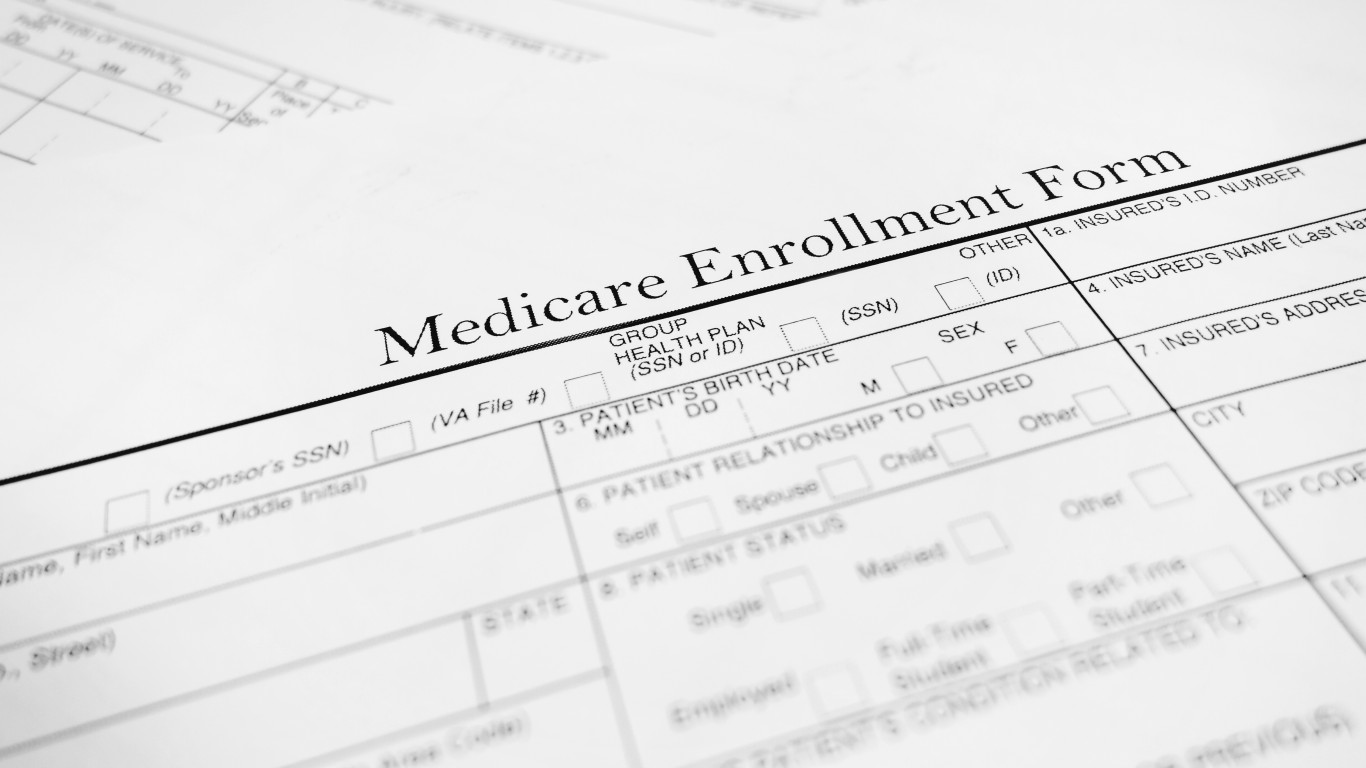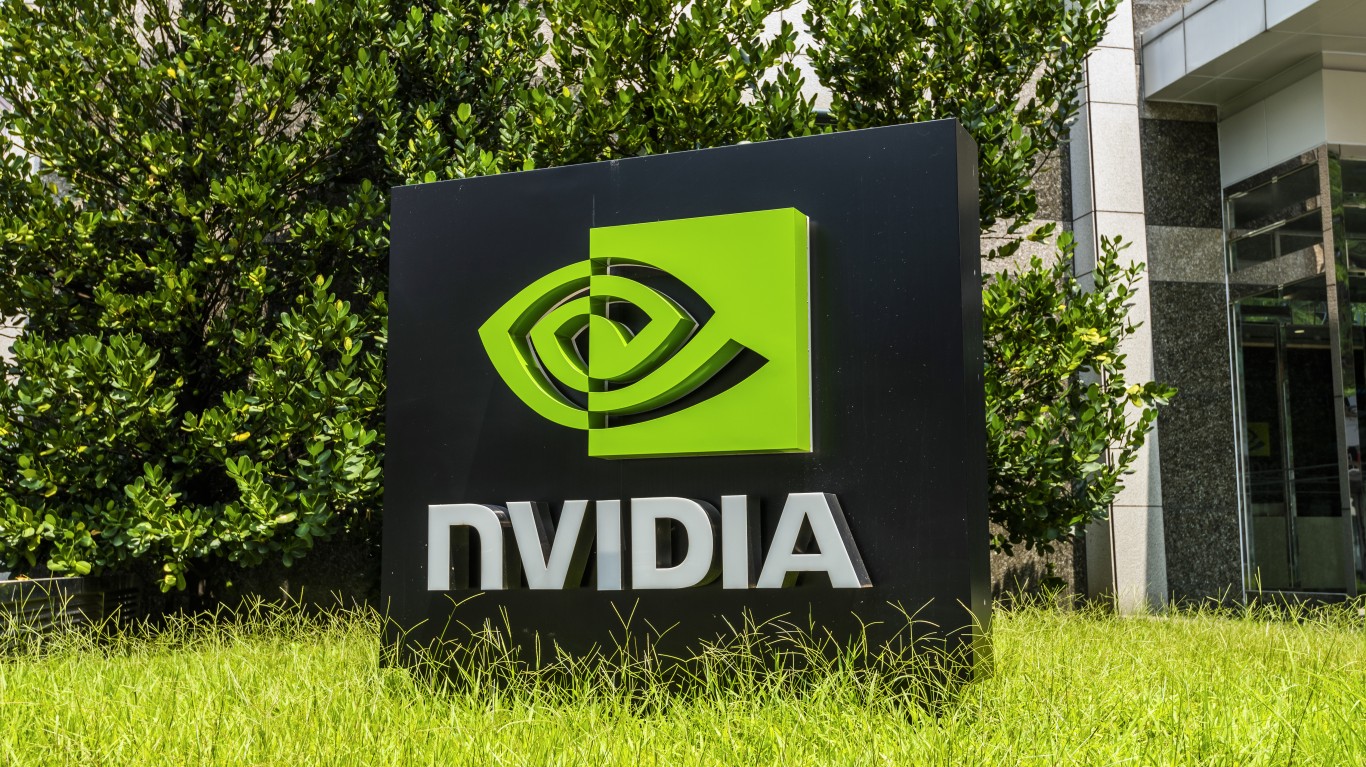
As the calendar turns toward 2025, a significant change is on the horizon for those looking to update their retirement planning documents. The Internal Revenue Service (IRS) has announced updates to IRA contribution limits, and these changes will certainly affect all investors. Those younger investors who are looking to load up their 401(k) plans and similar retirement accounts will want to take particular notice, as these changes will allow for even more capital to be set aside to grow over time in tax-advantaged accounts.
However, for baby boomers looking to continue to invest heading into retirement, there are some additional changes worth noting for those over 50 years of age that are important to consider. Catching up after missing a few years of contributions can be possible, and there are some healthy increases across the board that are worth considering.
I think attempting to maximize one’s contributions is important, and if possible, looking to contribute up to the limit each year is the way to go. Unfortunately, not all investors have the luxury of doing so. But for those who are able (and for baby boomers looking to set aside as much capital as possible in their accounts), let’s dive into where the new limits have been set and what to make of these changes.
Key Points About This Article:
- The IRS has updated its limits on what investors can set aside in their registered retirement savings accounts for the upcoming fiscal year.
- Let’s dive into what these changes are, and how much baby boomers in particular can set aside for retirement.
- If you’re looking for some stocks with huge potential, make sure to grab a free copy of our brand-new “The Next NVIDIA” report. It features a software stock we’re confident has 10X potential.
Overview of IRA Contribution Limits for 2025

For 2025, the IRA contribution limits have once again been increased to allow investors to set more capital aside for retirement. These updates typically roughly follow the annual inflation rate, and allow those nearing retirement to put aside more capital in their retirement accounts to offset rising costs of living over time.
Let’s start with an important account for many savers – the Roth IRA Account. This account allows investors to put after-tax money to work, and receive after-tax funds in retirement. For those looking to avoid large tax bills, contributing to this account is one of the best ways for those nearing retirement to have significant income available in retirement that’s tax free in nature. Investors are able to invest up to $7,000 in contributions in 2025 to this account (the same as 2024), but catch-up contributions for those aged 50 and older have increased to an additional $1,000 (up from $500 last year) to a total of $8,000.
For single-filers and heads of households, there are important income limits to consider to be able to contribute to this fund ($146,000 and $161,000, respectively). For those filing jointly, the phase-out range is between $230,000 and $240,000. So, if you make more than this amount, it’s not possible to contribute to Roth IRAs, though traditional IRA plans such as a company’s 401(k) or 403(b) plans are likely available.
Those looking to contribute to a traditional 401(k) or 403(b) plan, there have also been contribution limit increases. These plans allow employees to invest up to $23,500 per year (up from $23,000 last year) from their paychecks into these plans, receiving tax credits for the amount contributed. So, depending on one’s top marginal tax rate, the savings can be considerable at the end of the year (never mind the value of compounding these plans can provide over the long-term). Again, for those 50 and older, an additional $7,500 may be contributed to these plans, bringing the total limit for baby boomers nearing retirement in 401(k) and 403(b) plans to $31,000.
Understanding SECURE 2.0 Act Changes

The SECURE 2.0 Act was signed into law in late 2022 as an important piece of legislation aimed at bringing about important changes to help Americans save more for retirement. One of the biggest changes with this new piece of legislation affects when you need to start taking money from your retirement accounts.
Previously, investors were forced to start withdrawing from their retirement accounts at age 72. However, this new piece of legislation has since increased this age to 73, and it will go up to 75 by 2033. This allows investors more time to grow their capital in tax-deferred accounts, benefiting those who don’t need it right away.
Starting in 2025, new retirement plans at work will automatically enroll employees, making it easier for people to start saving. The law also helps people who are paying off student loans. Your employer can now match your student loan payments with contributions to your retirement account, just like they might match your 401(k) contributions.
For those unexpected life events, the law creates new ways to access your retirement savings in emergencies without facing harsh penalties. It also helps small businesses by offering them better tax incentives to set up retirement plans for their employees. Older workers get some extra benefits too. If you’re between 60 and 63, you’ll be able to save more catch-up money in your retirement accounts starting in 2025.
Income Phase-Out Ranges for Traditional IRA Deductibility

If you’re covered by a retirement plan at work, your ability to deduct Traditional IRA contributions depends on your income level. For single filers in 2024, your IRA deduction starts phasing out when your modified adjusted gross income (MAGI) reaches $77,000 and completely phases out at $87,000. This means if you make less than $77,000, you can take the full deduction. If you make between $77,000 and $87,000, you get a partial deduction. If you make over $87,000, you can’t deduct any IRA contributions.
For married couples filing jointly where the spouse making the IRA contribution is covered by a workplace plan, the phase-out range is $123,000 to $143,000. For a spouse who isn’t covered by a workplace plan but is married to someone who is, the phase-out range is higher: $230,000 to $240,000. This higher range exists to give a tax break to spouses who don’t have their own workplace retirement plans.
What This Means for Baby Boomers

These annual adjustments to contribution limits, phase-outs, and the ages retirees are forced to take withdrawals can change the calculus of how individuals and households may want to adjust their retirement planning. These are changes I think are important to consider for those in all income brackets, as these are broad changes which can affect a wide swath of investors.
For baby boomers in particular, the increases to catch-up amounts are important to consider, particularly for those who may not have been able to (or willing) to contribute up to their maximum limit during their younger years. Having a larger nest egg to retire is a great thing, and these changes will certainly help plenty of households who are in their prime earning years with stashing away even more capital to retire conformably.
As always, I think it’s great advice for readers to consider talking to a certified financial planner or tax professional about how best to navigate these changes and create the best possible retirement for each individual’s unique circumstances.
Take This Retirement Quiz To Get Matched With An Advisor Now (Sponsored)
Are you ready for retirement? Planning for retirement can be overwhelming, that’s why it could be a good idea to speak to a fiduciary financial advisor about your goals today.
Start by taking this retirement quiz right here from SmartAsset that will match you with up to 3 financial advisors that serve your area and beyond in 5 minutes. Smart Asset is now matching over 50,000 people a month.
Click here now to get started.
Thank you for reading! Have some feedback for us?
Contact the 24/7 Wall St. editorial team.



